 Feature
Feature
by Brandon Garrett and John Monahan
Vol. 103 No. 2 (2019) | Pay NCAA athletes?Judges are using risk assessment instruments in criminal cases more than ever before. Their role is increasingly prominent at all stages of the criminal justice system, including policing, pretrial detention, […]
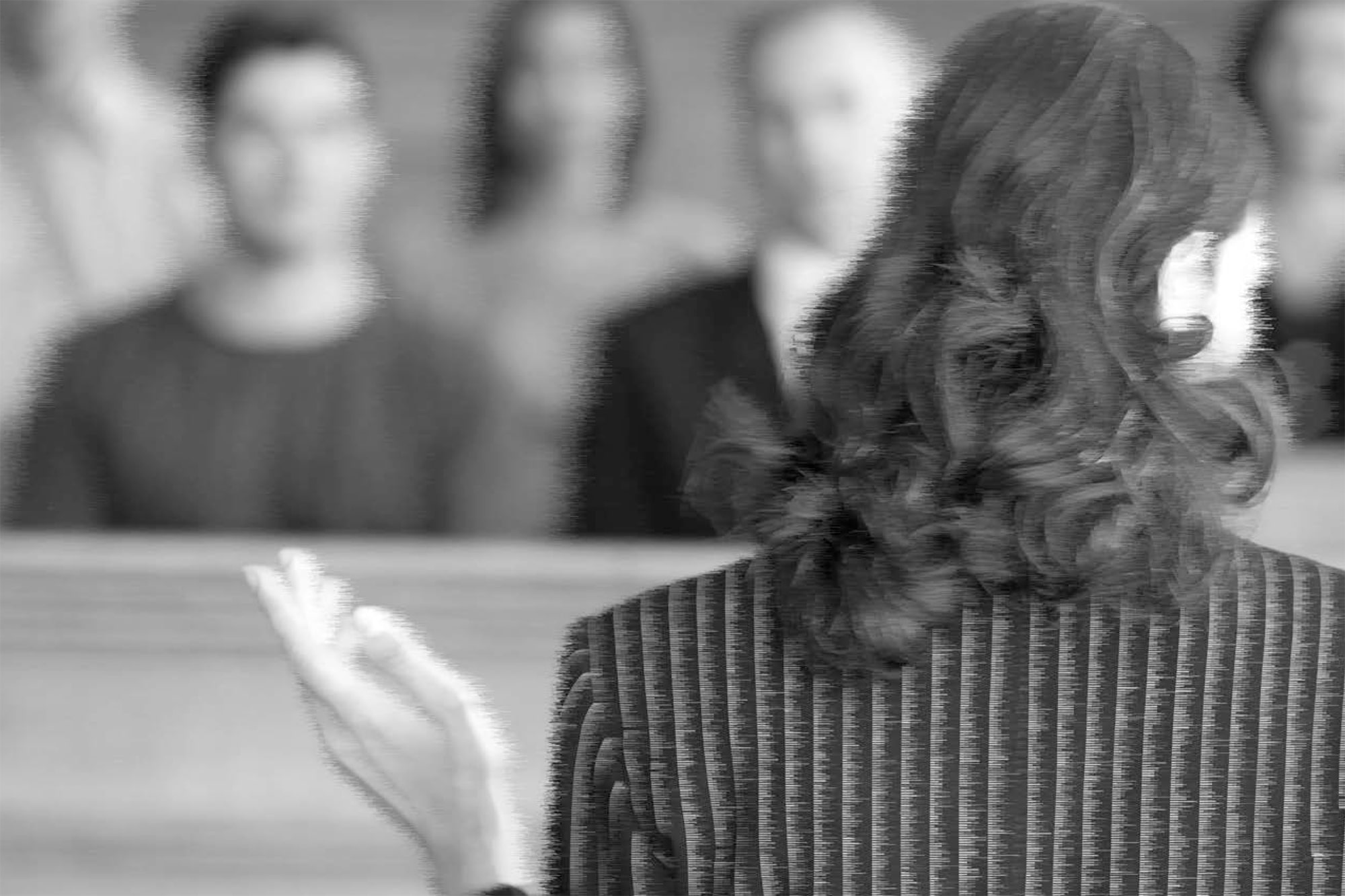 Feature
Feature
by Pat Skene
Vol. 102 No. 1 (2018) | Forensic FailU.S. District Court Judge Jed Rakoff of the Southern District of New York tells the story of a firearms and toolmark examiner who appeared before him in 2008, proposing to […]
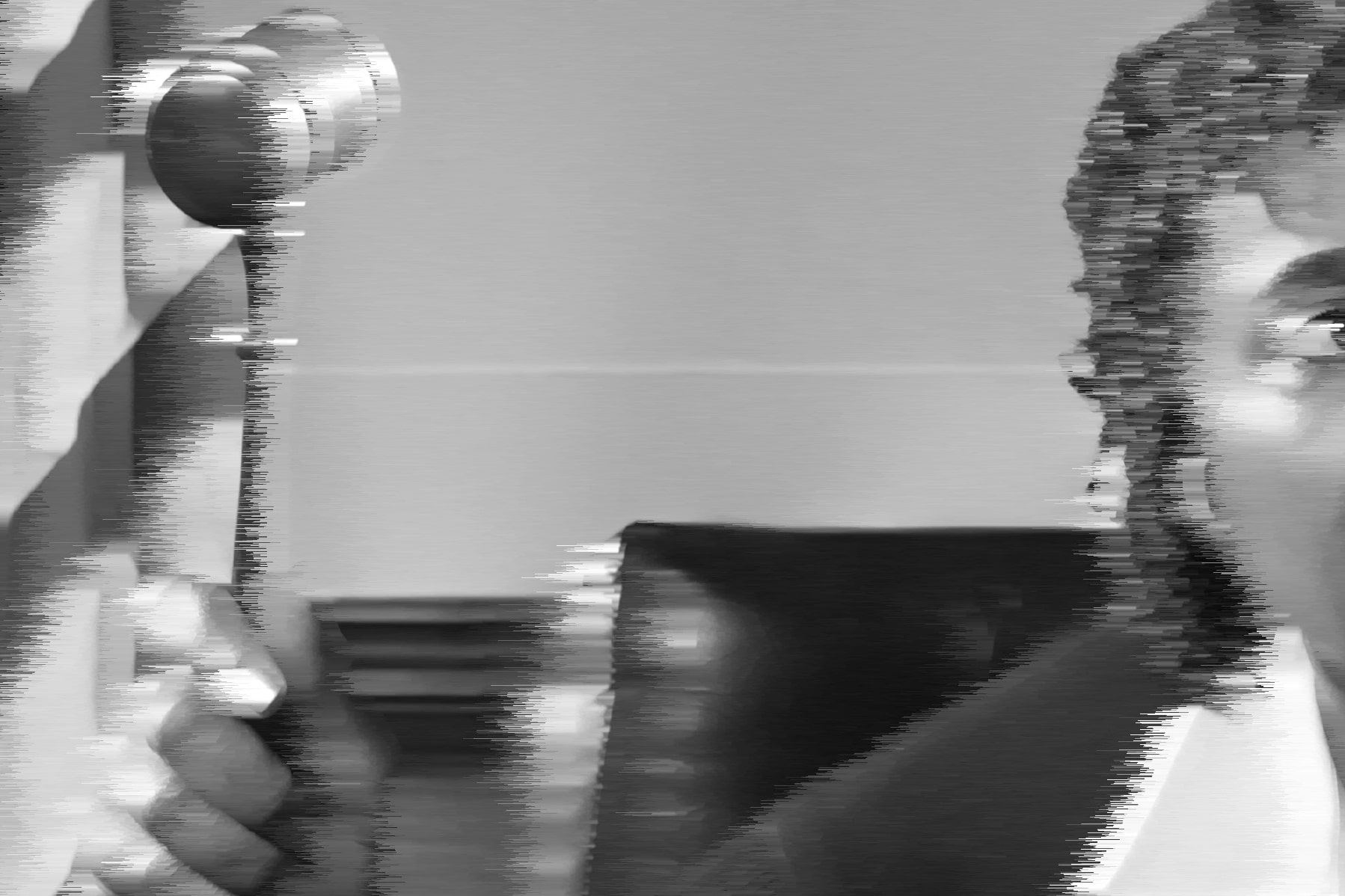 Feature
Feature
Here is a forensic-science test for you. Please answer each of the three questions below True or False. Scientific tests conducted over the past 100 years have repeatedly demonstrated that […]
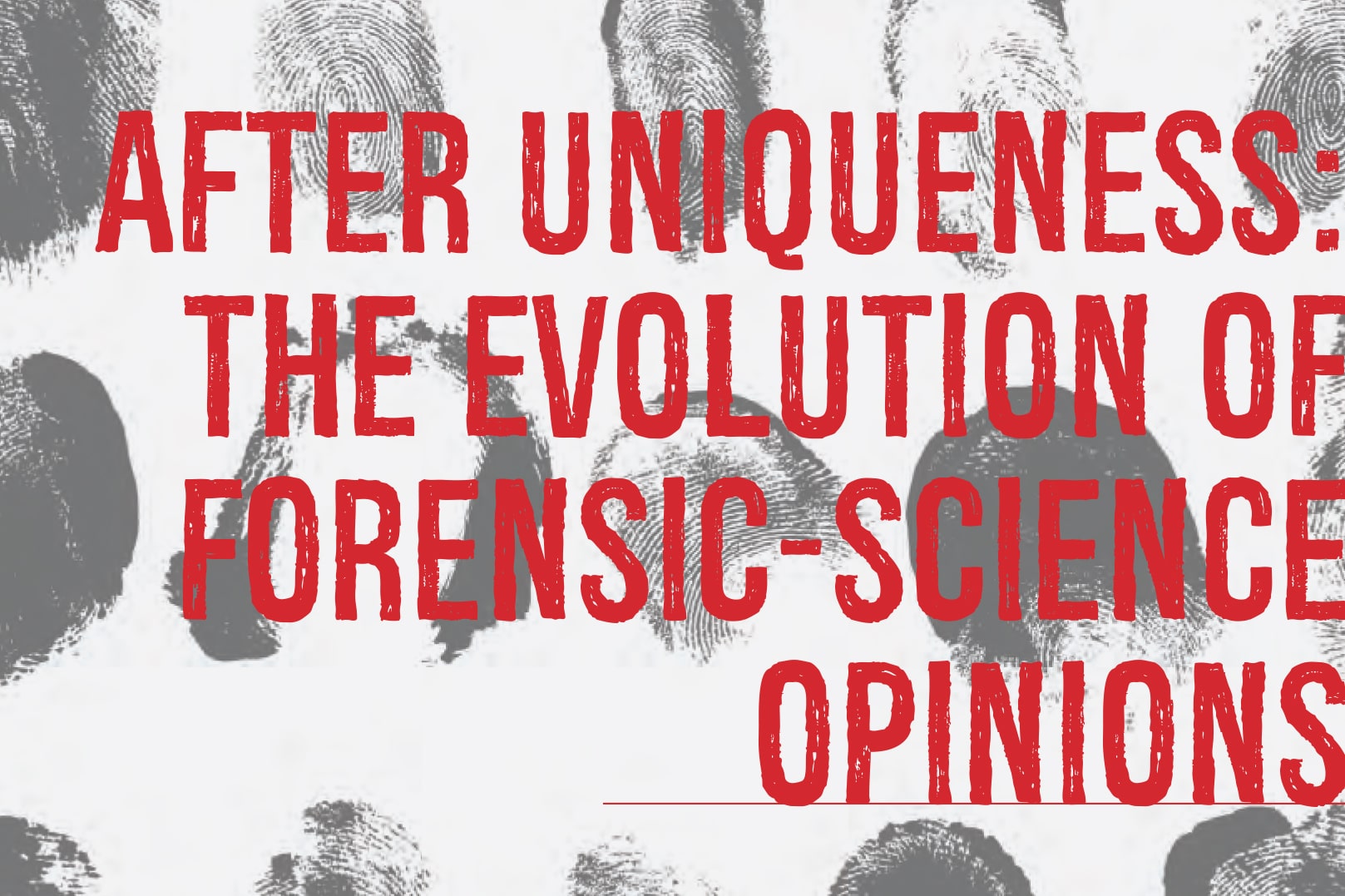 Feature
Feature
by Alex Biedermann, William C. Thompson and Joëlle Vuille
Vol. 102 No. 1 (2018) | Forensic FailBig changes are occurring in forensic science, particularly among experts who compare the patterns found in fingerprints, footwear impressions, toolmarks, handwriting, and the like. Forensic examiners are reaching conclusions in […]
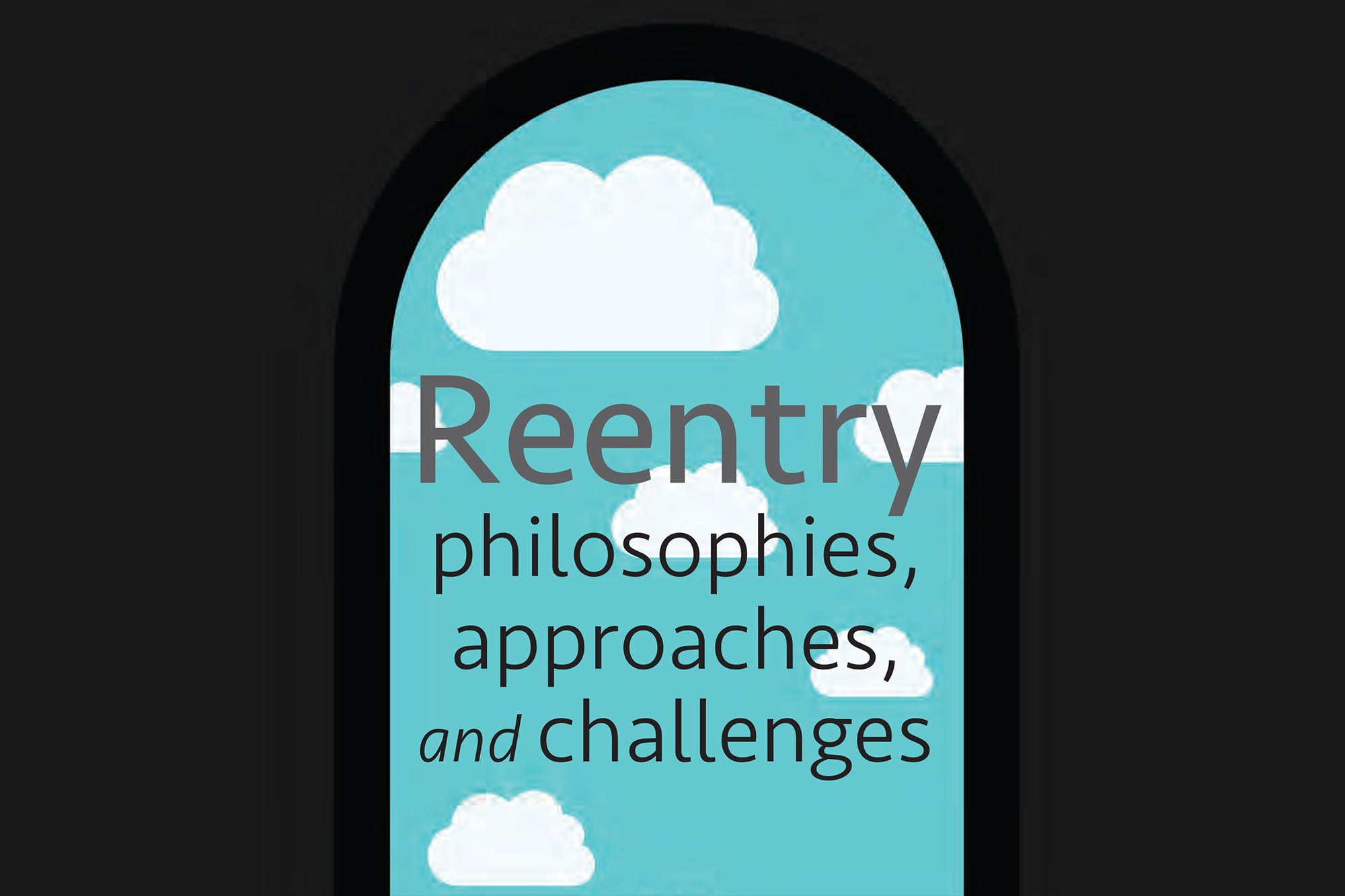 Feature
Feature
Competing notions of crime and punishment have shaped the administration of criminal justice in the United States ever since the Quakers established the Walnut Street Prison in 1773 in Philadelphia, […]
 Feature
Feature
Criminal trials have virtually disappeared in many federal courtrooms. According to a recent U.S. Sentencing Commission report, “[i]n recent years, 97 percent of federal defendants convicted of a felony or […]
 Feature
Feature
My title is “The Emergence of the American Constitutional Law Tradition,” and what I want us to think about today is the process by which American constitutional law came to […]
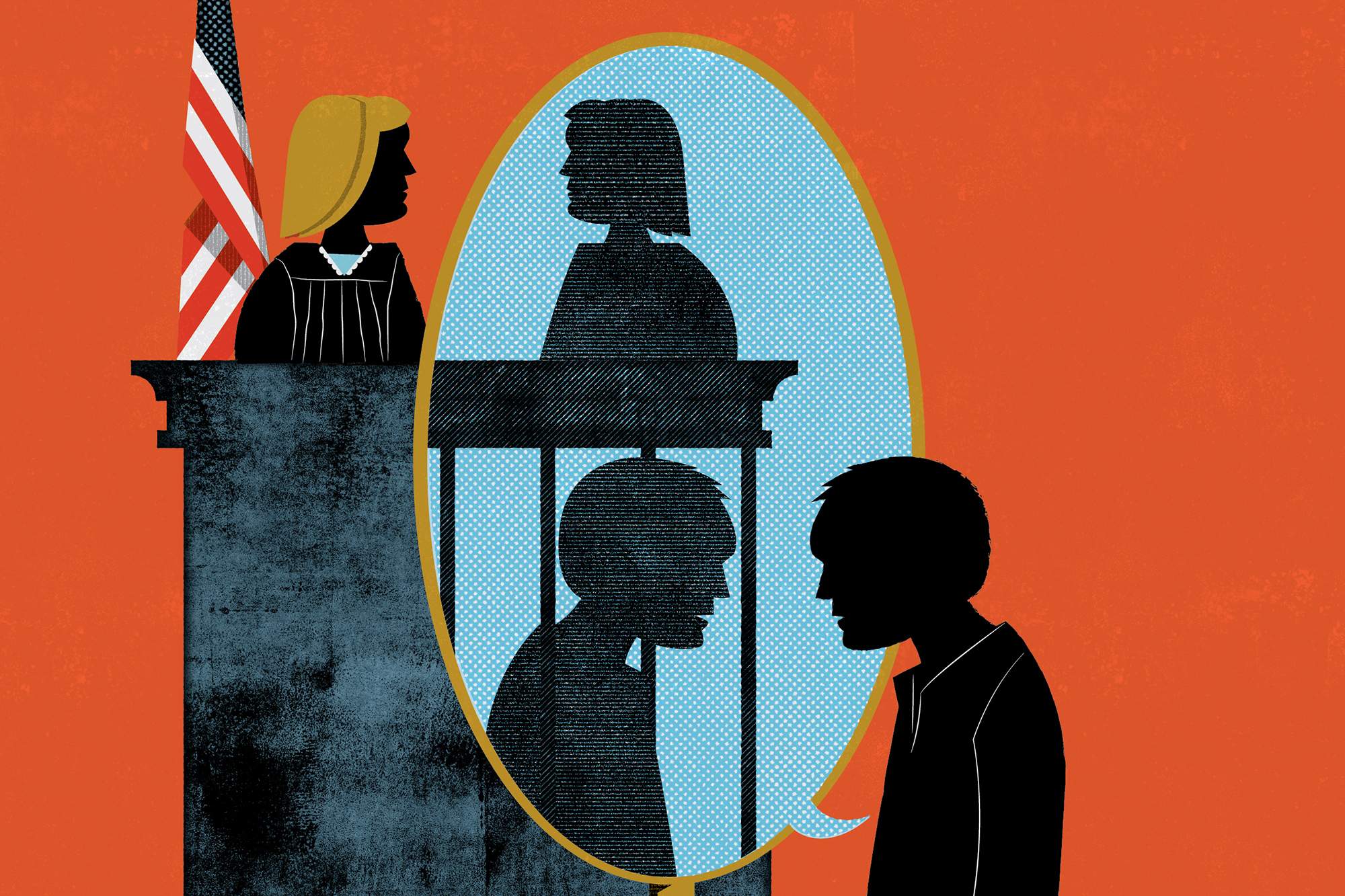 Feature
Feature
In recent years, there has been increased attention on sentencing, and particularly sentencing disparities. The thrust and focus of this attention have been on the statistics of sentencing and reforms, […]
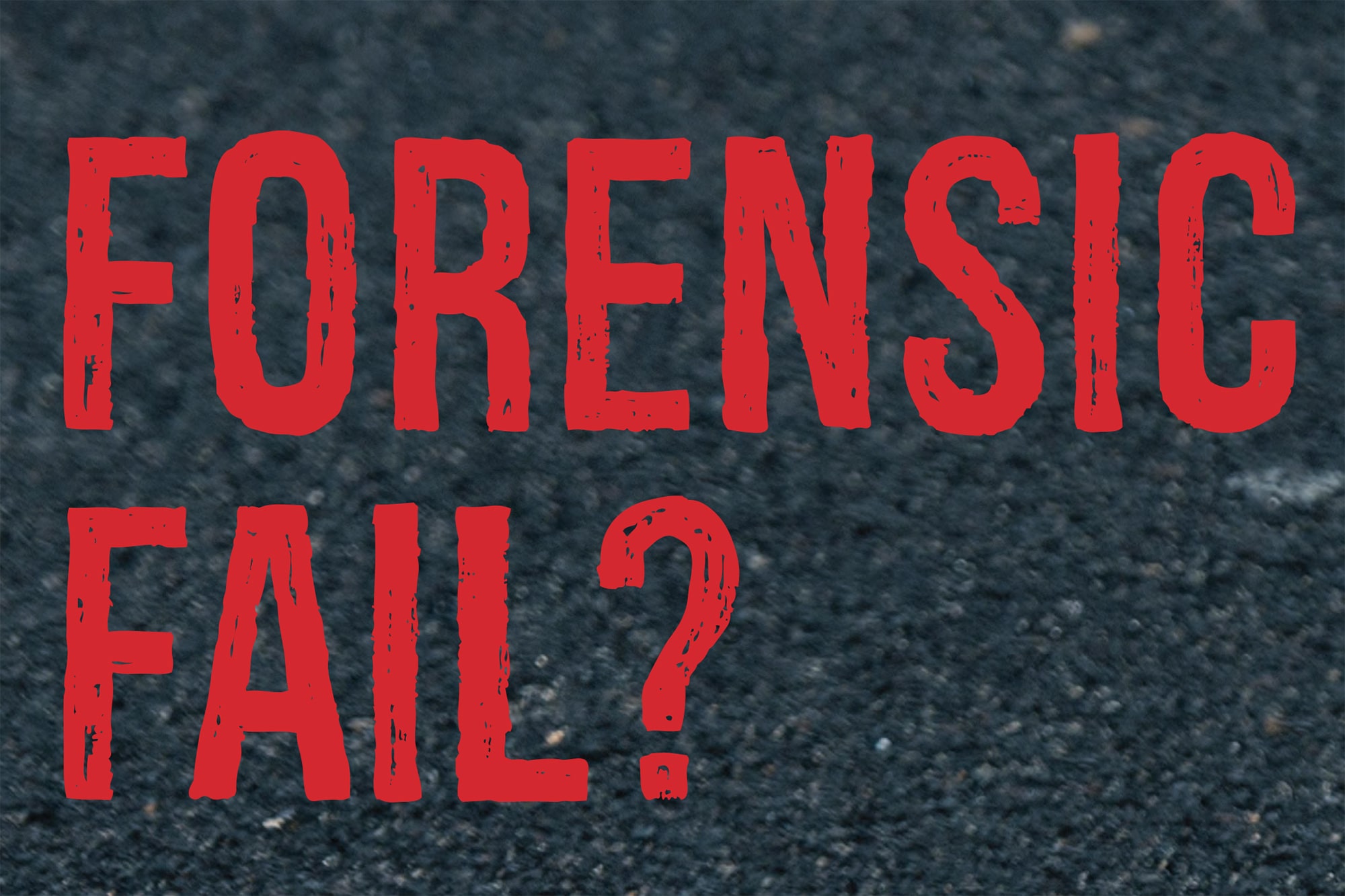 Feature
Feature
This year marks the 25th anniversary of the supreme court’s decision in Daubert V. Merrell Dow Pharmaceuticals, Inc., which fundamentally reshaped how judges evaluate scientific and expert evidence.1 This volume […]